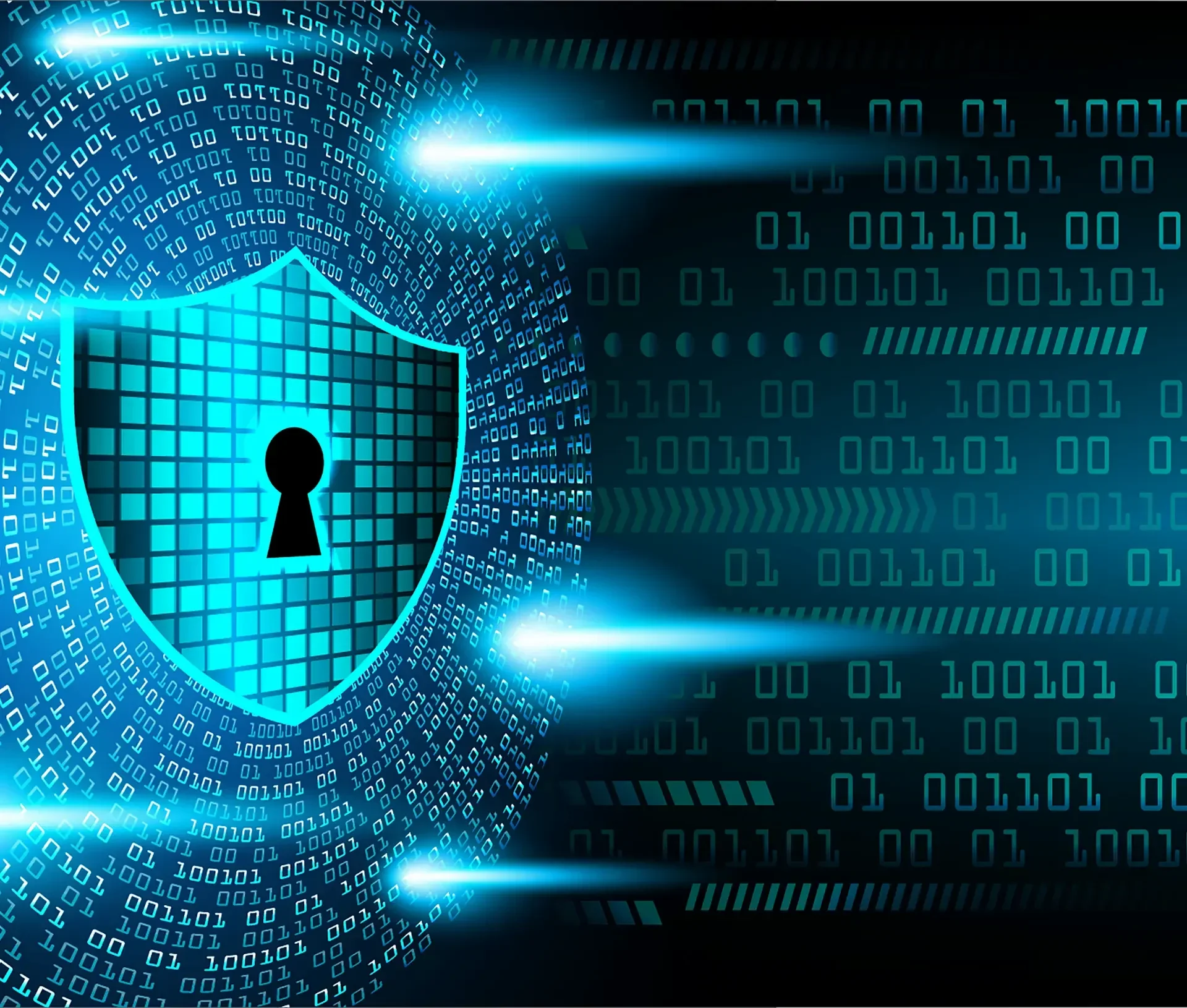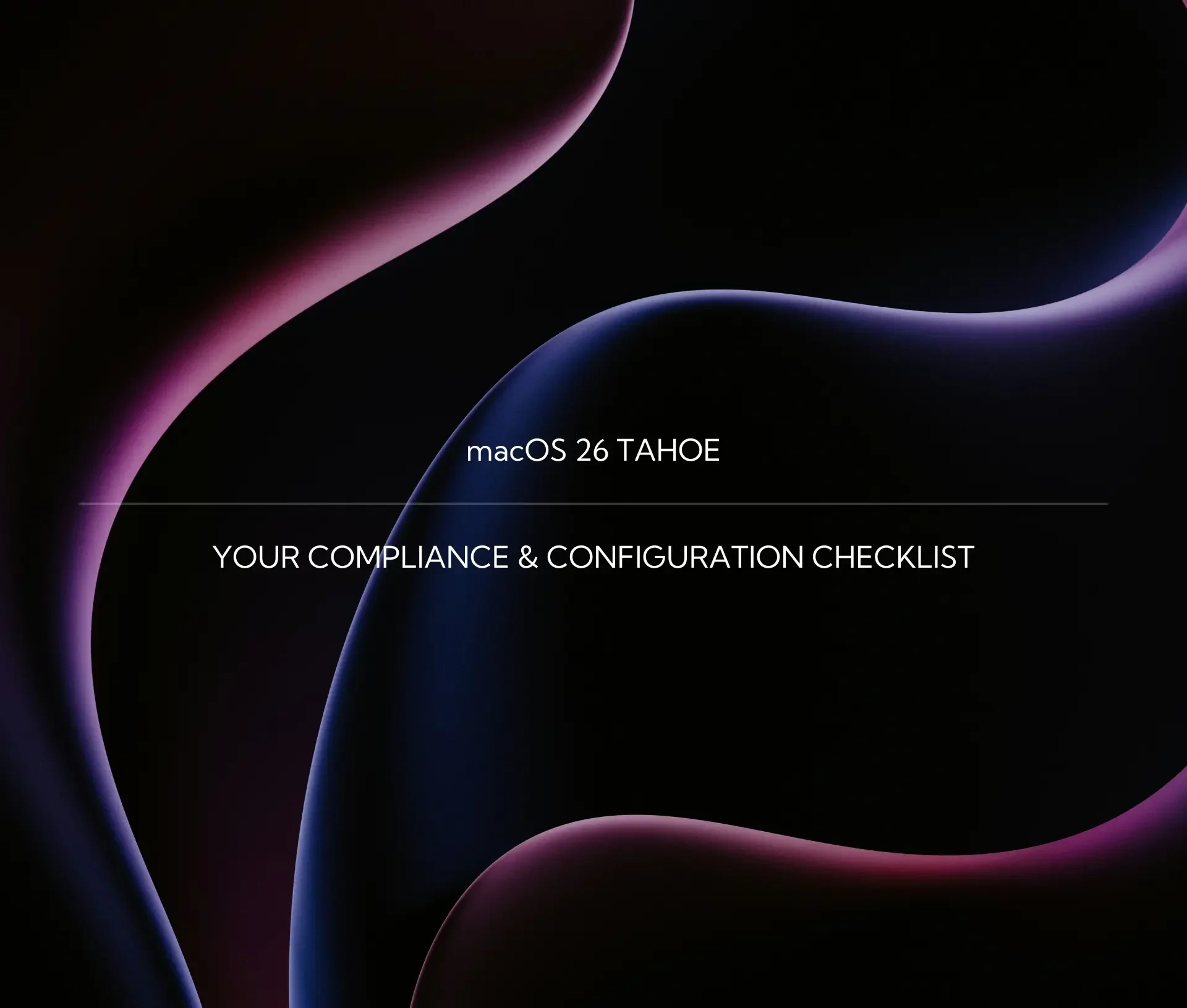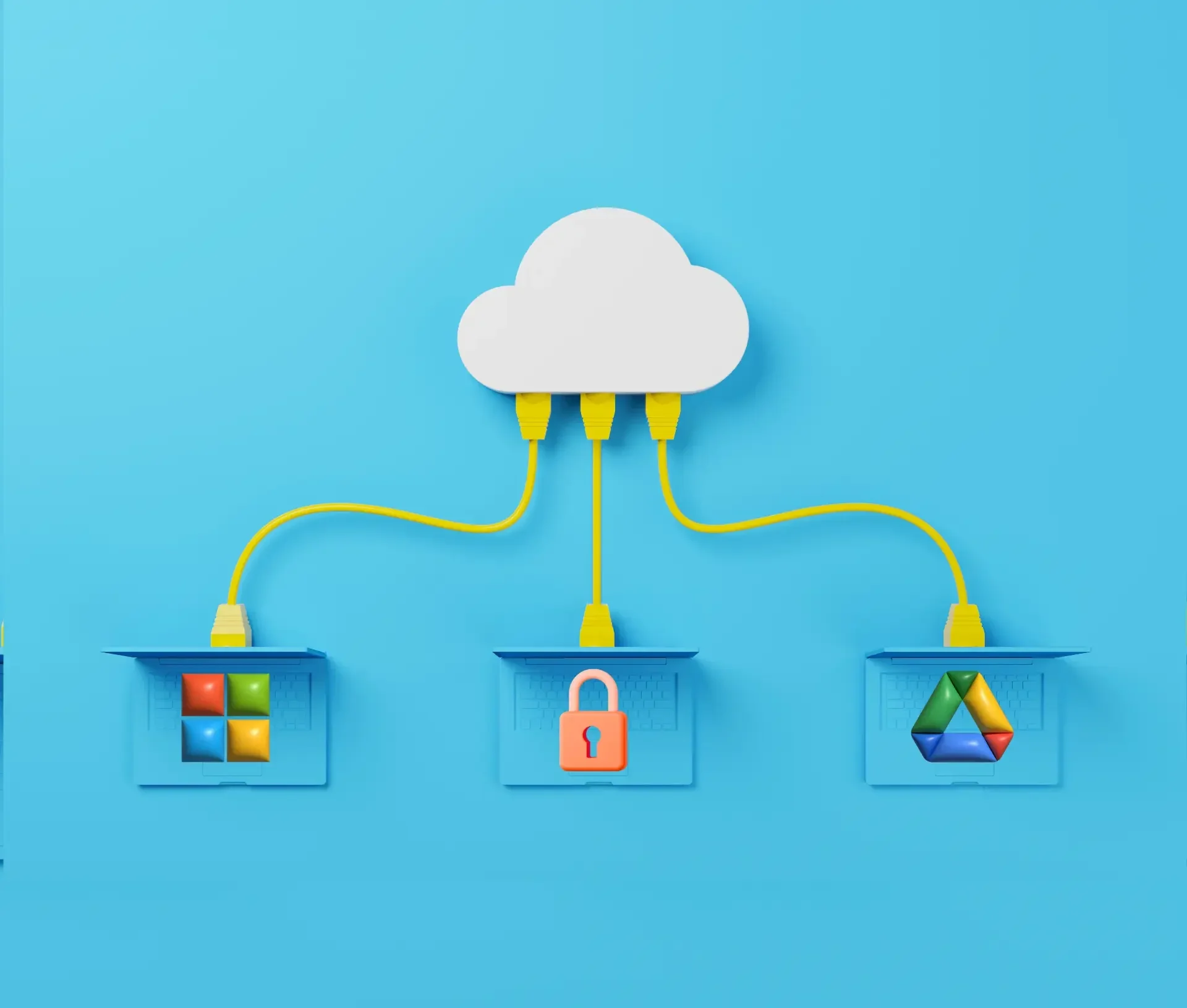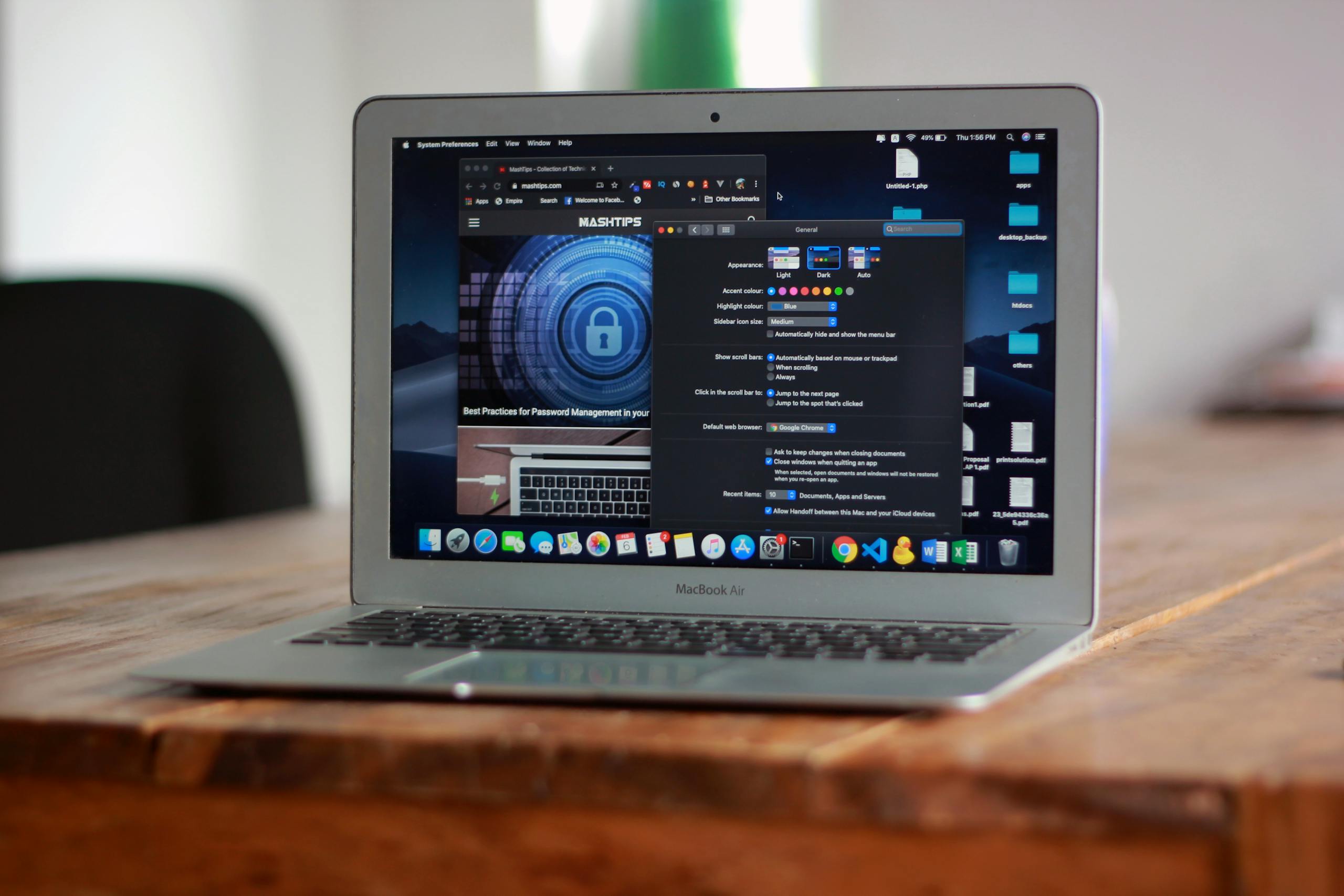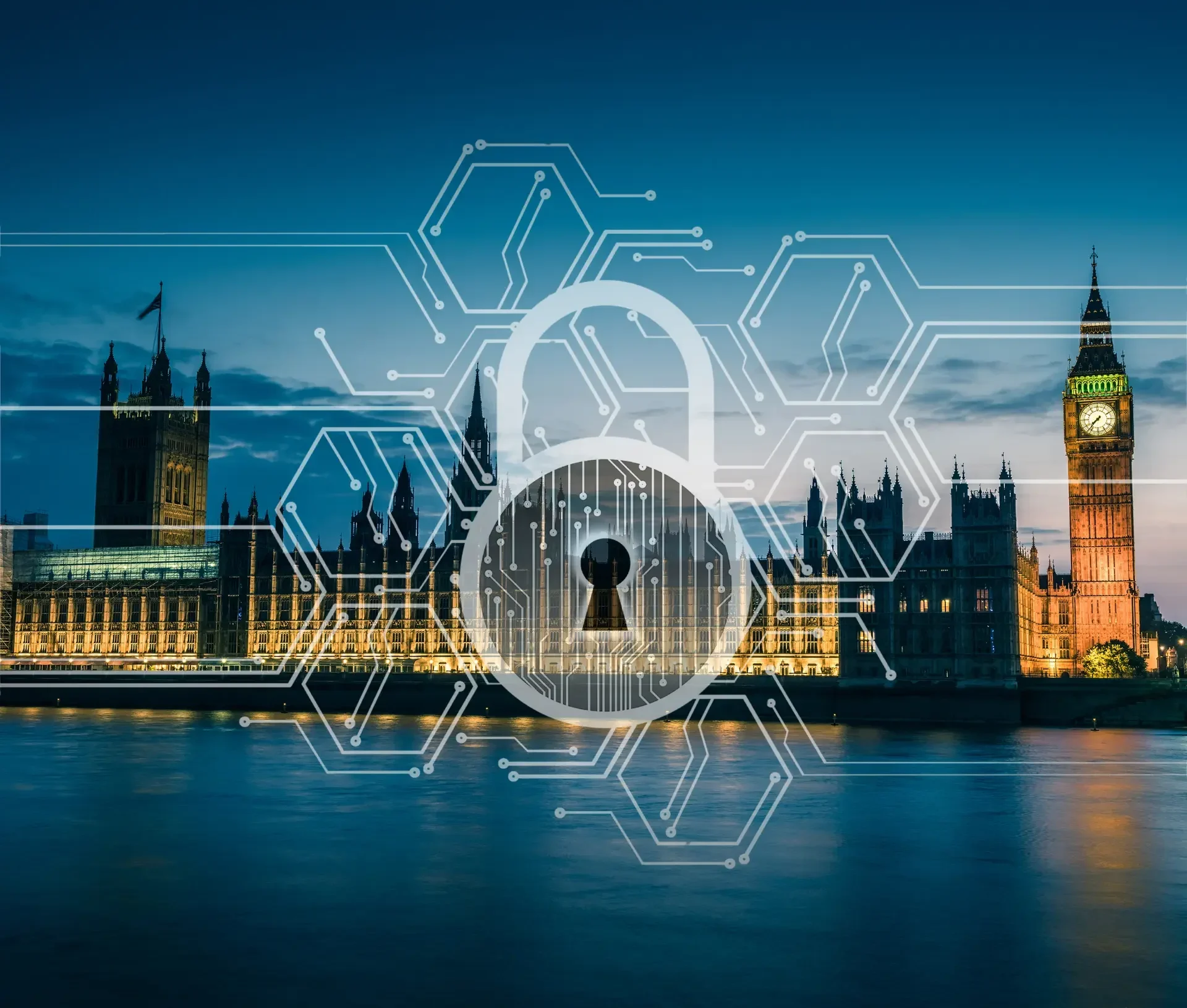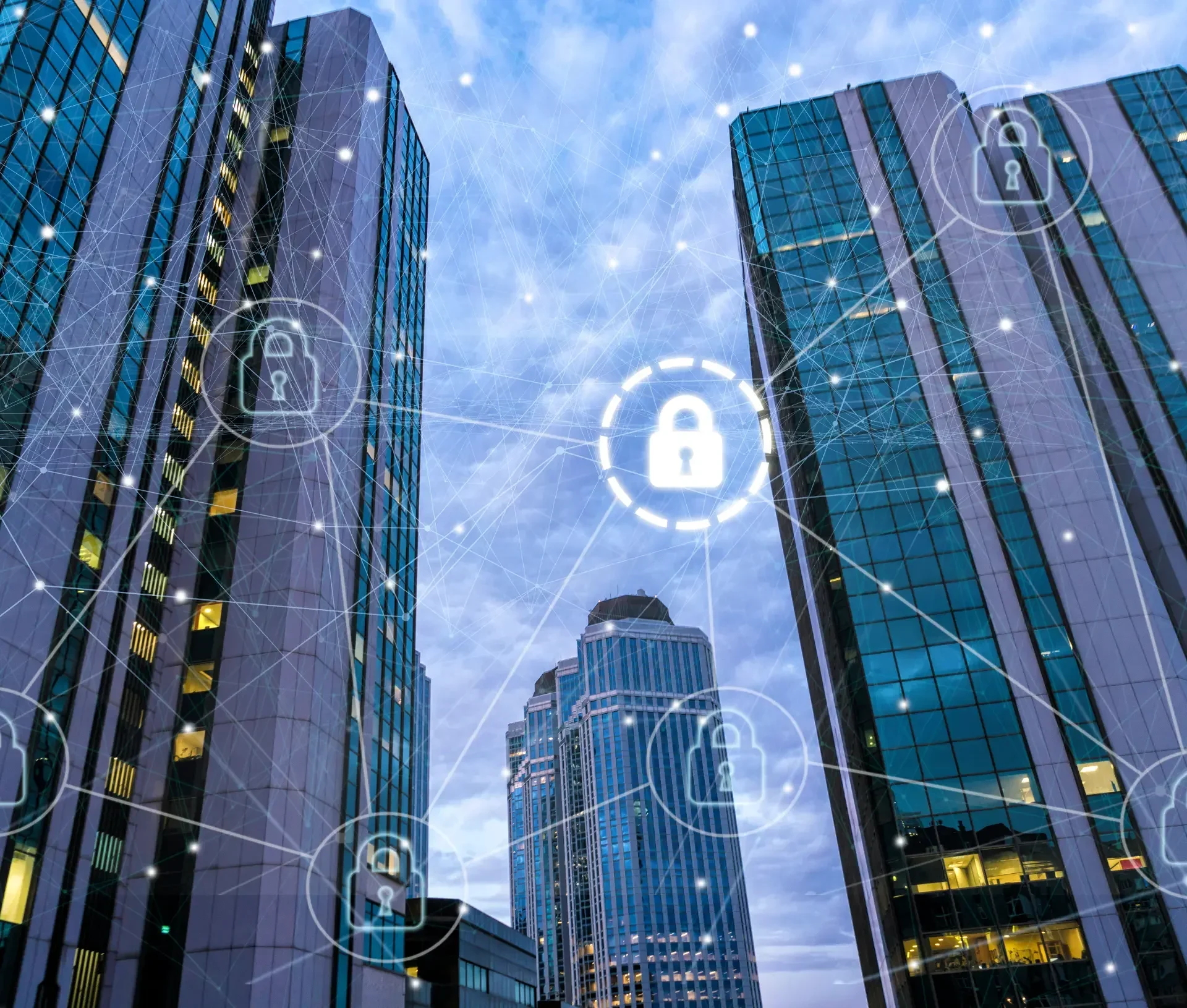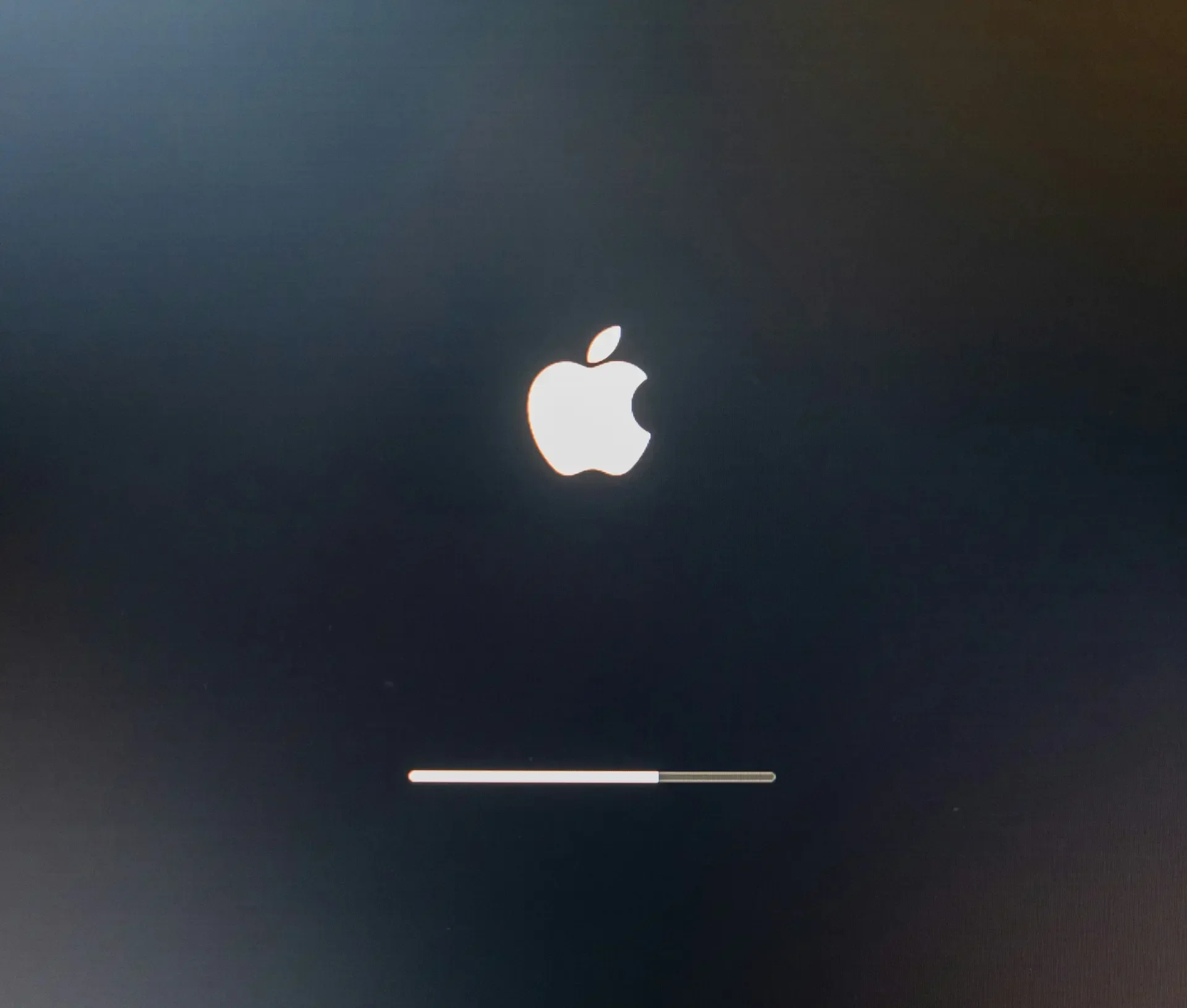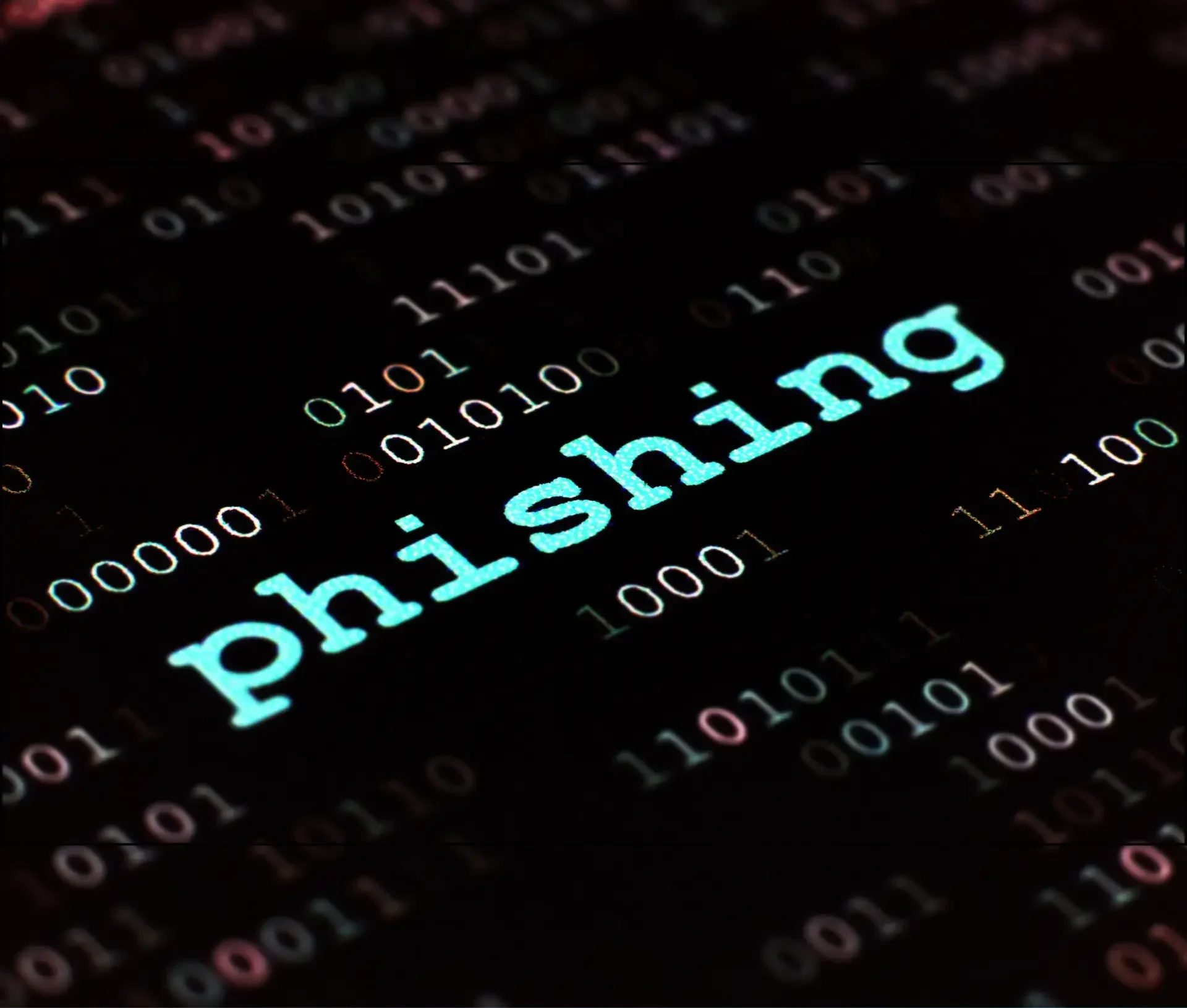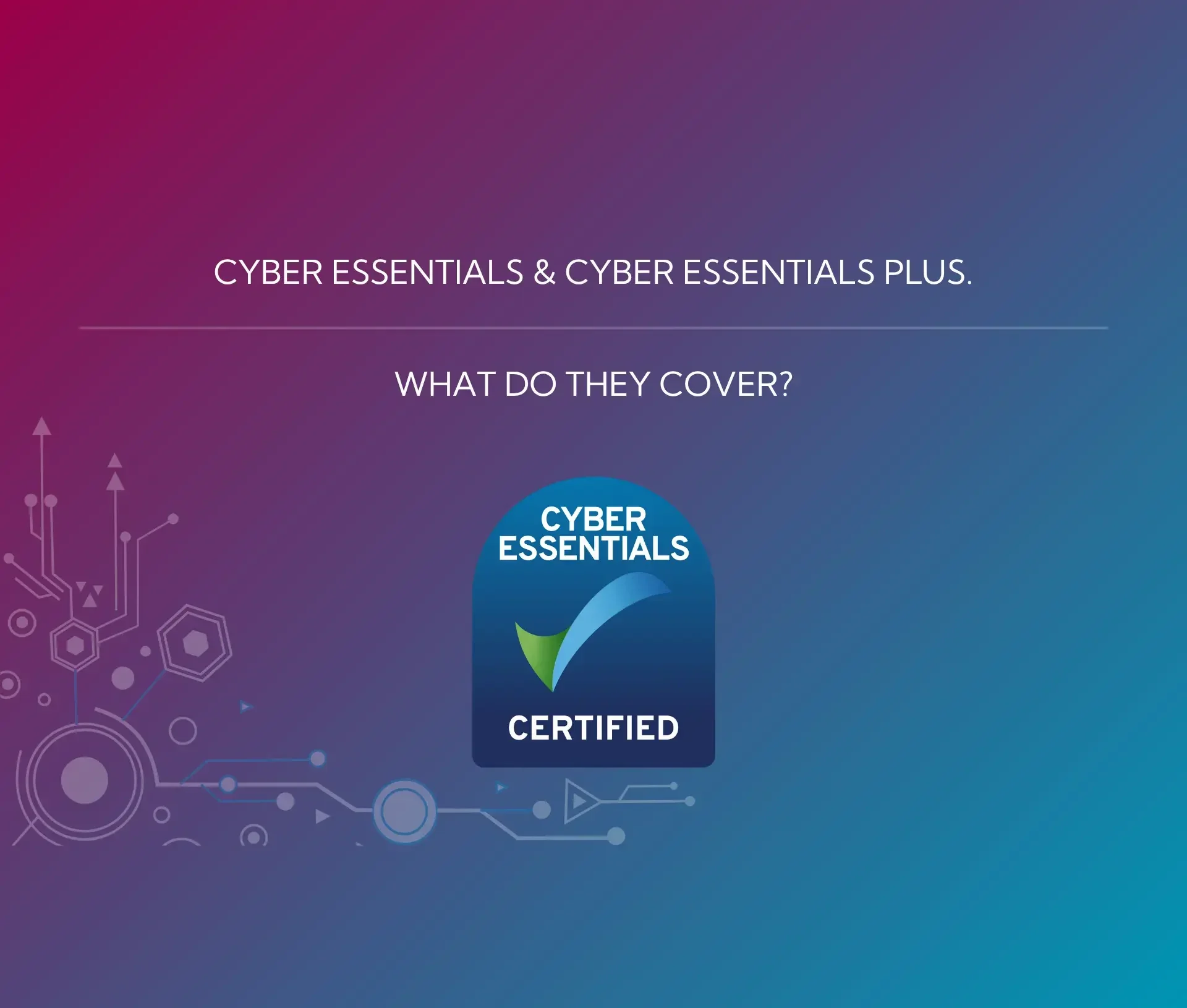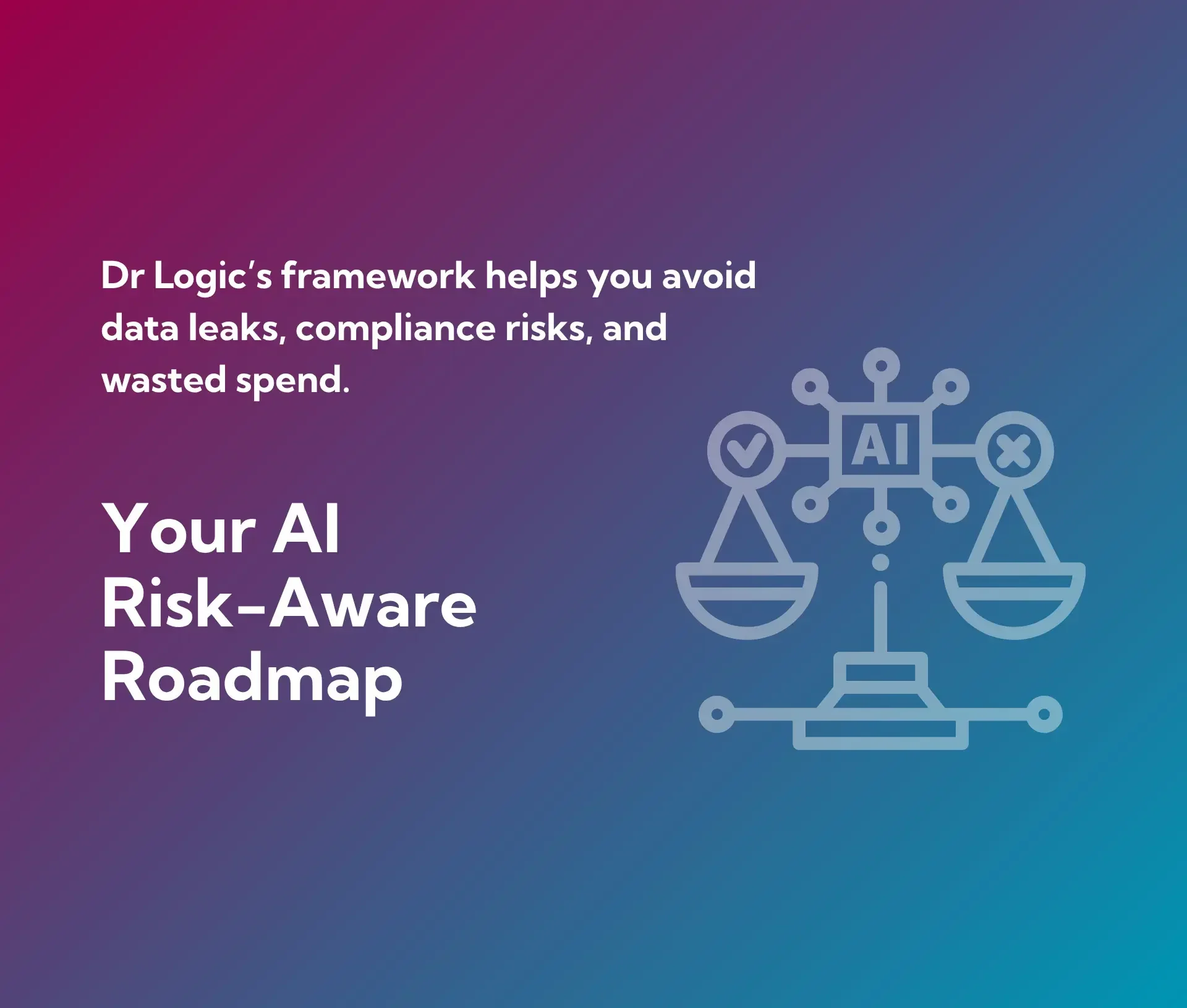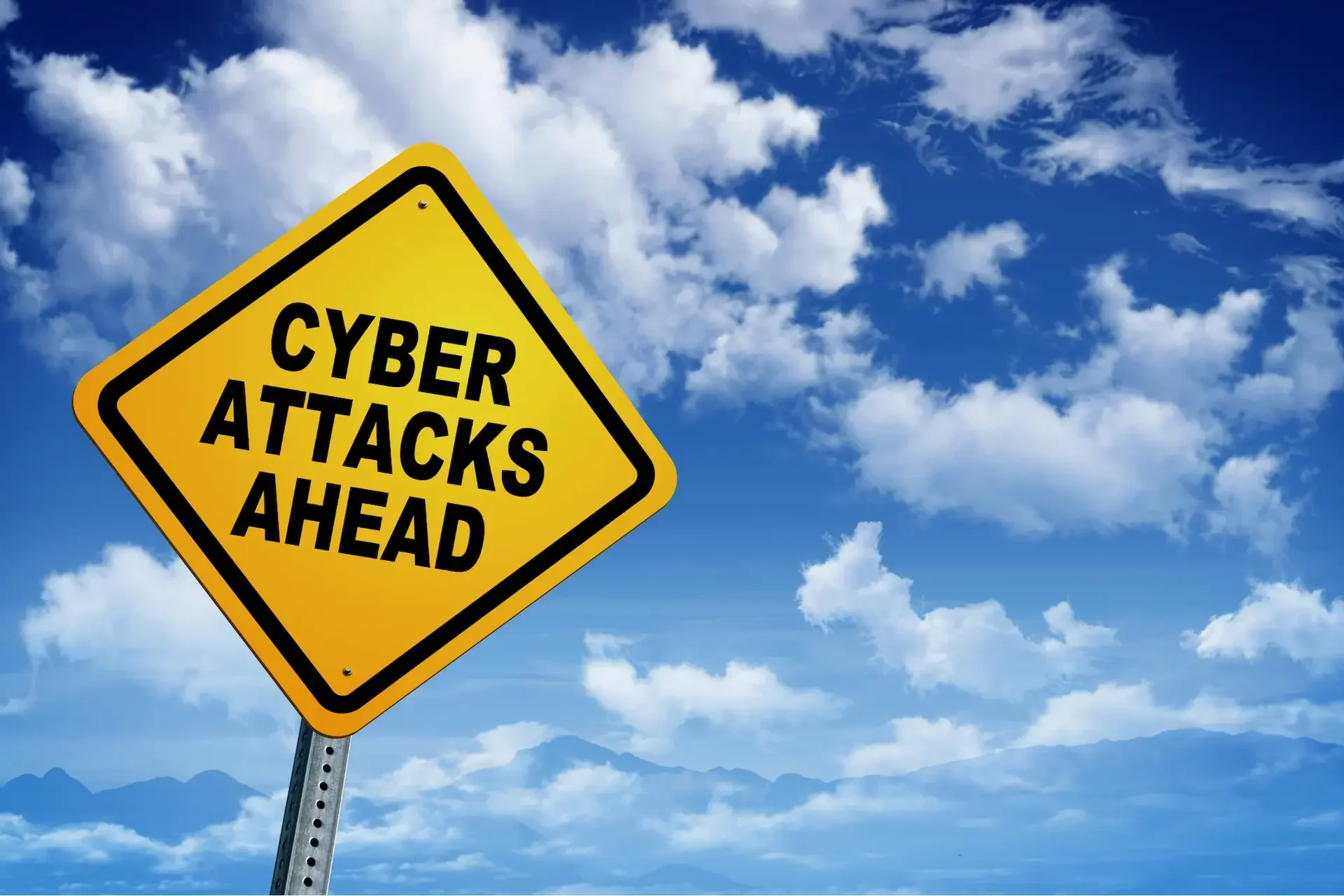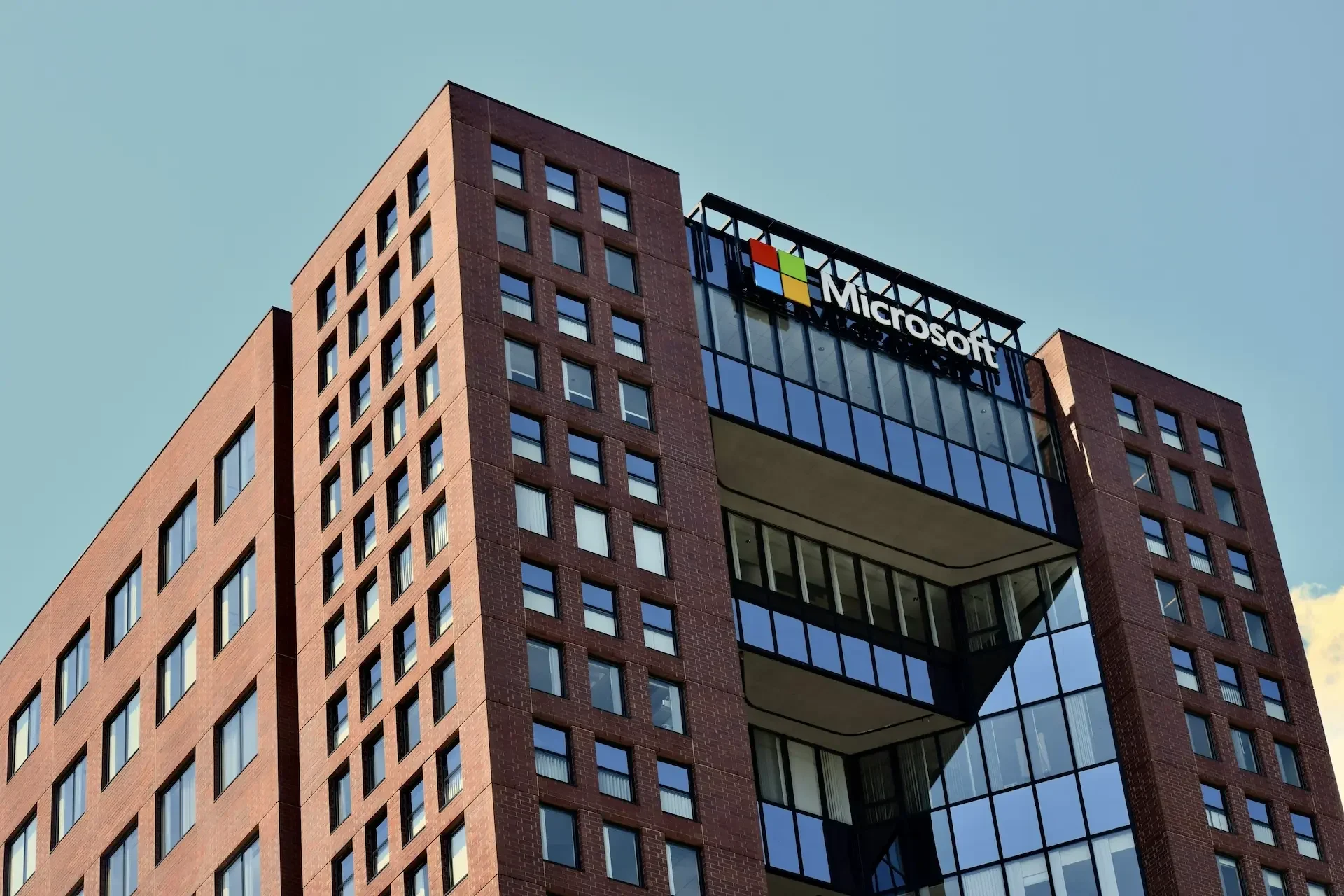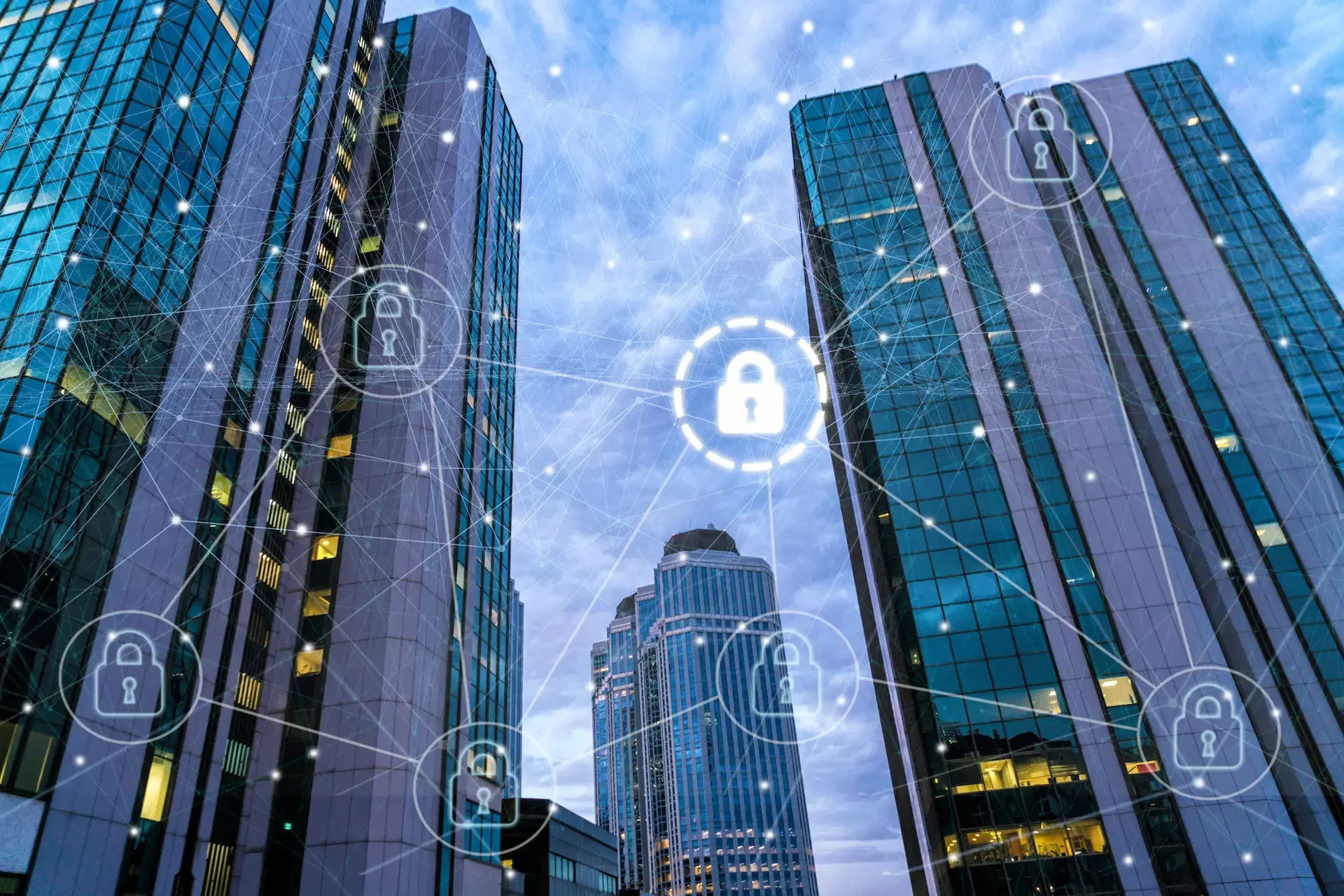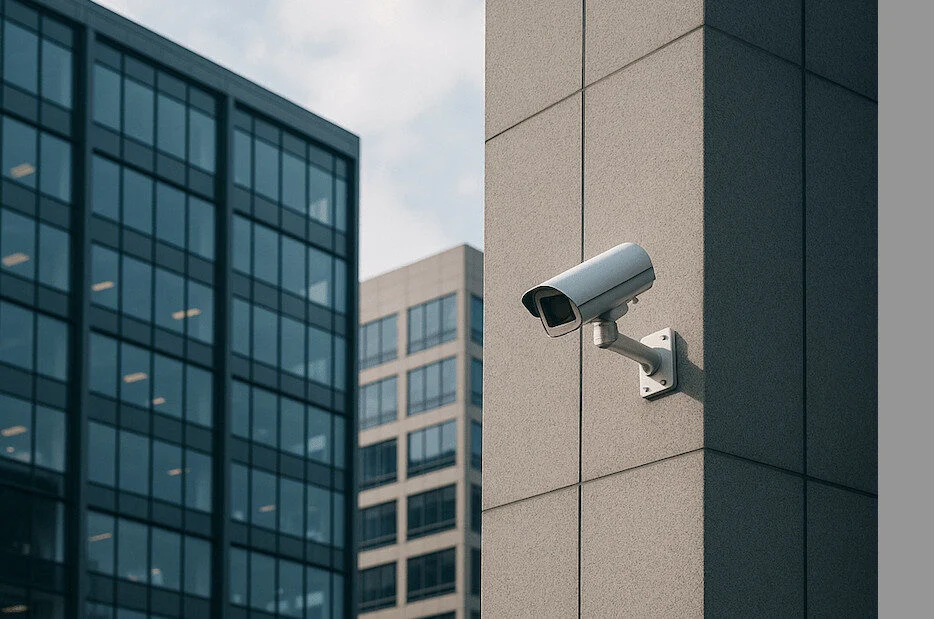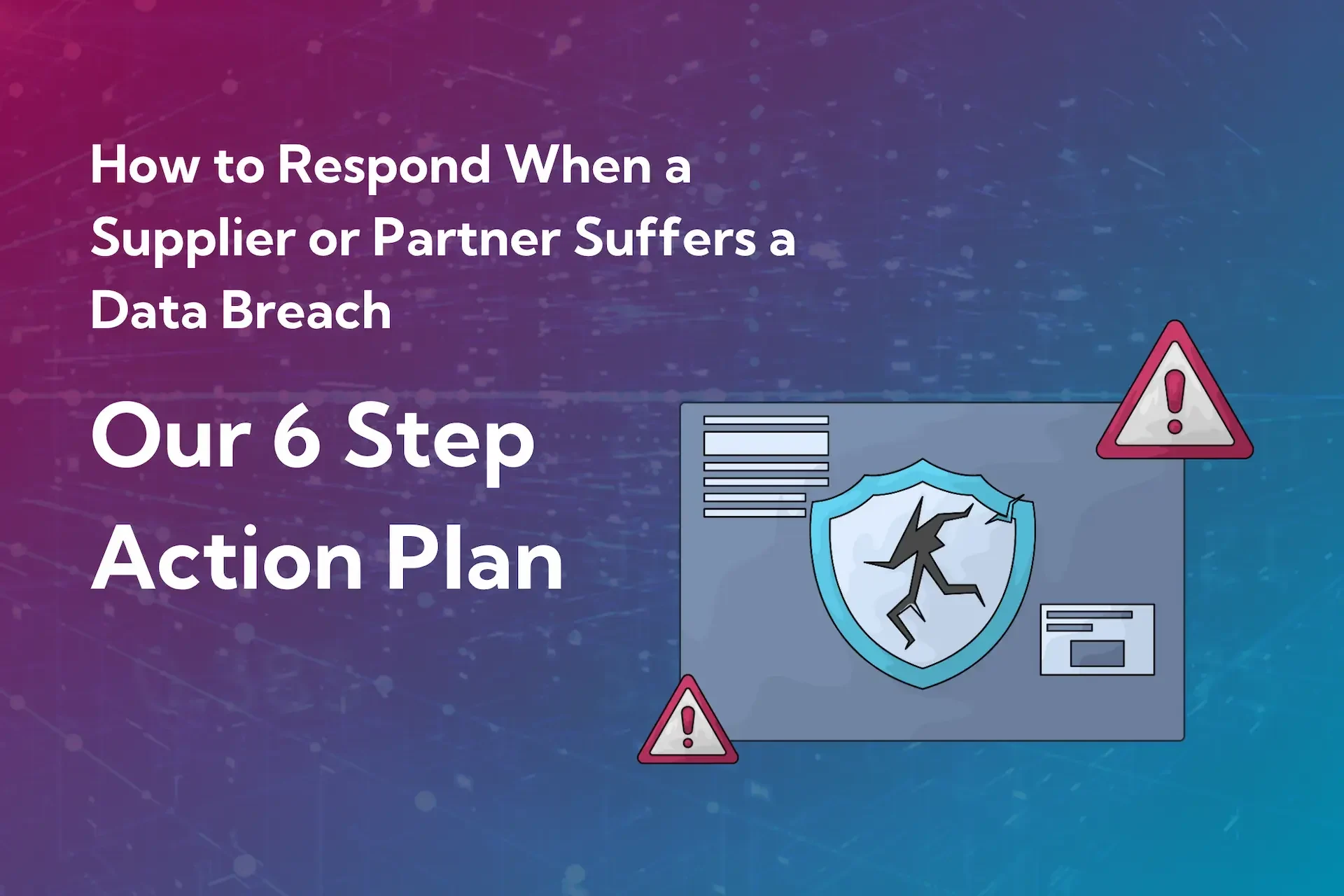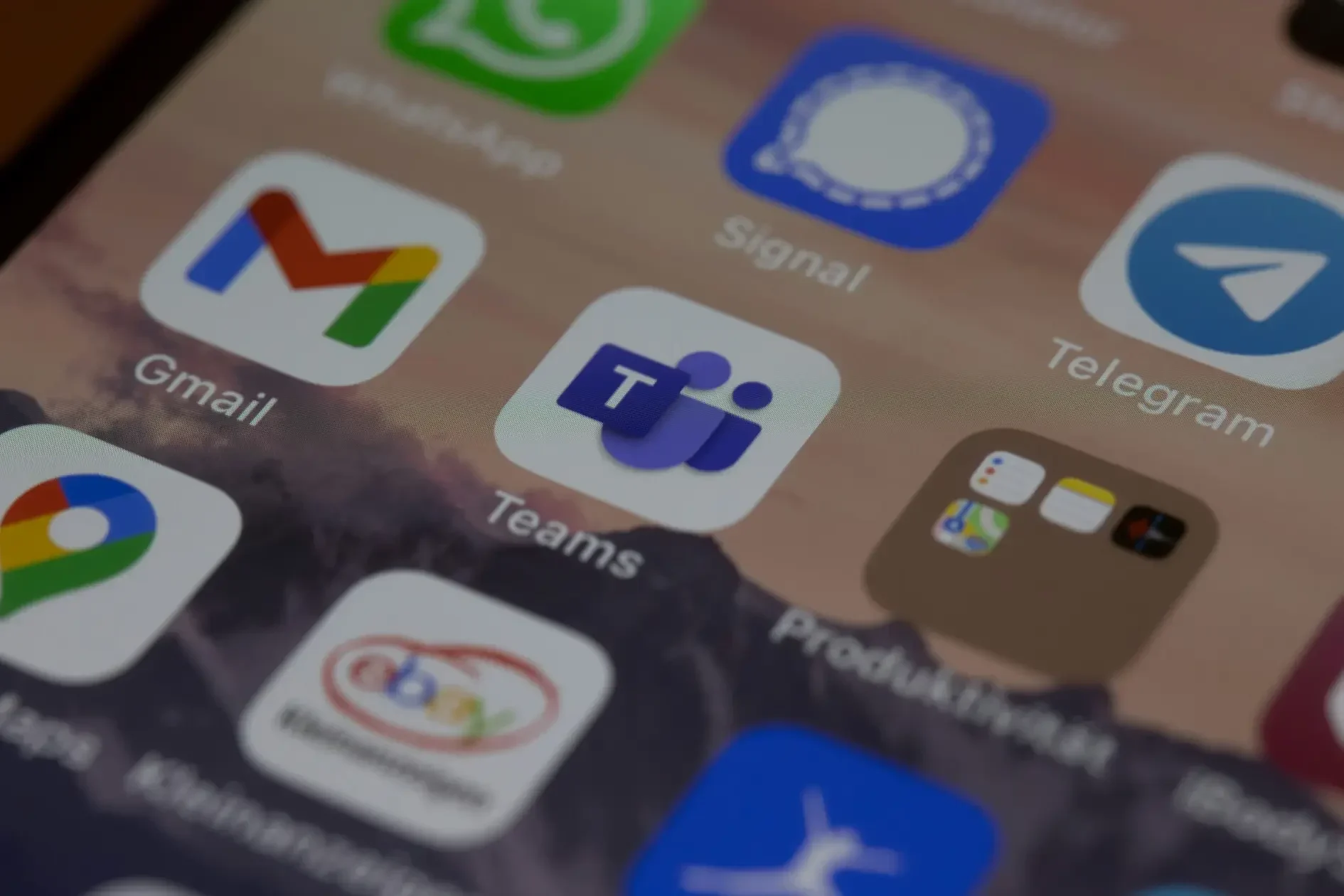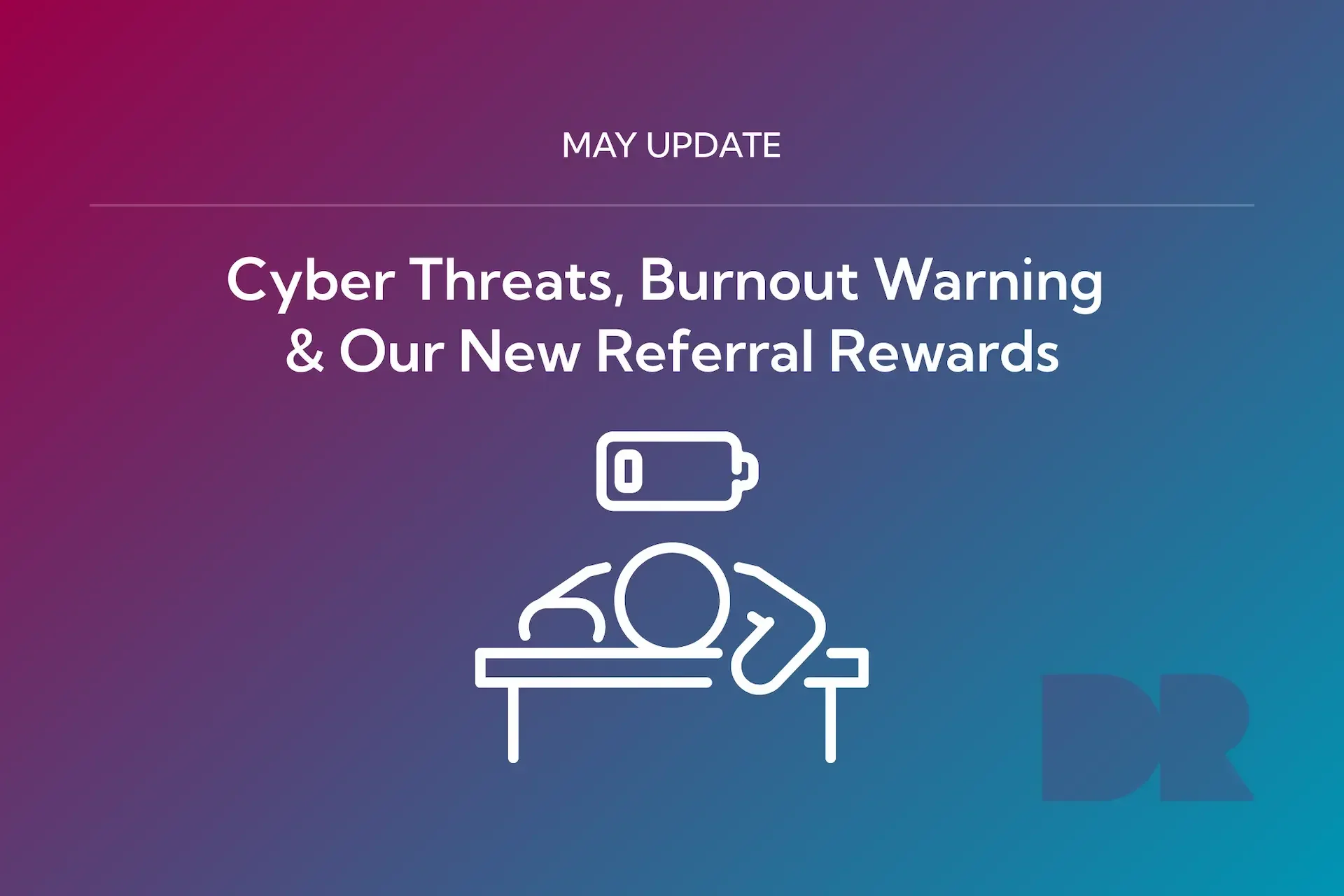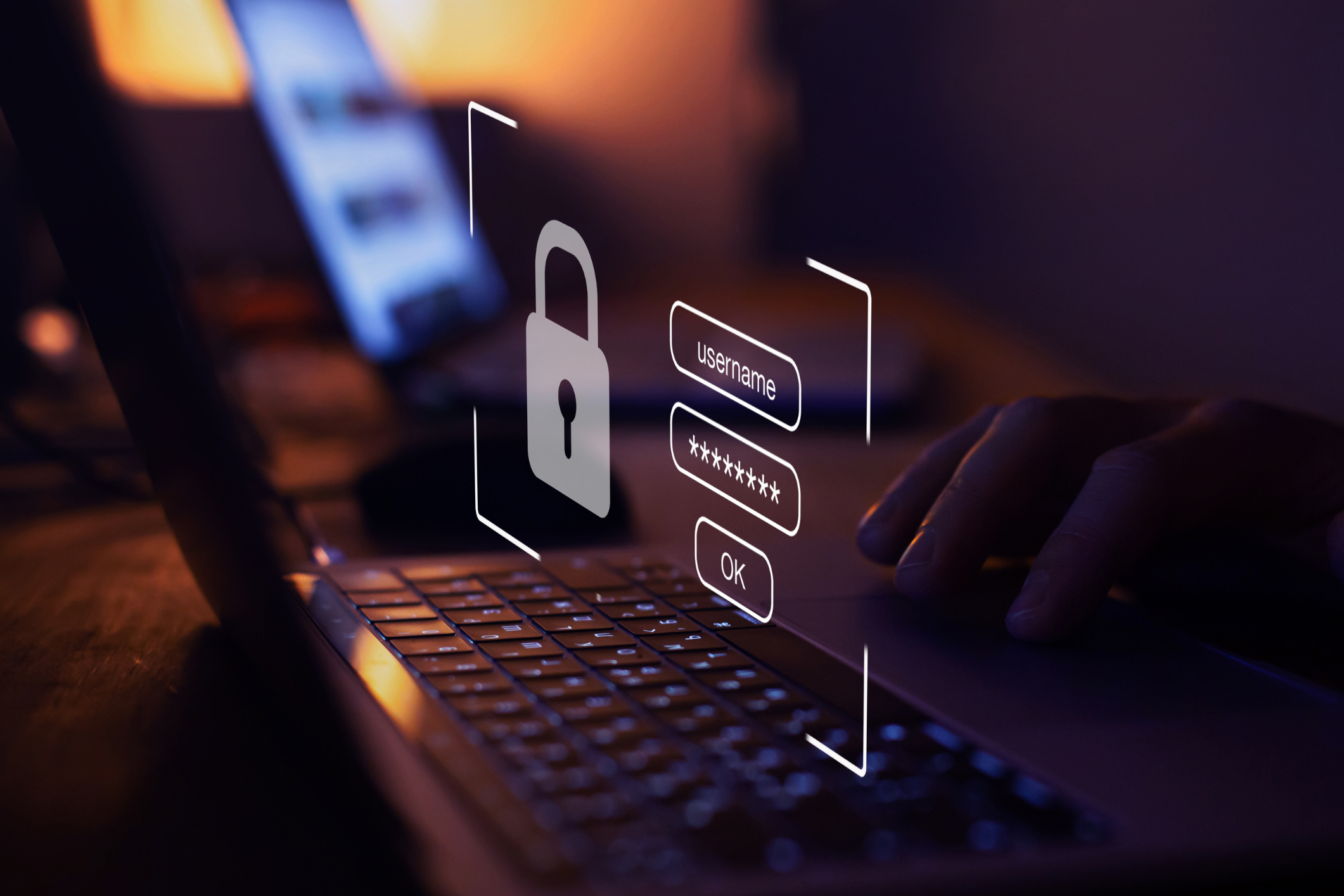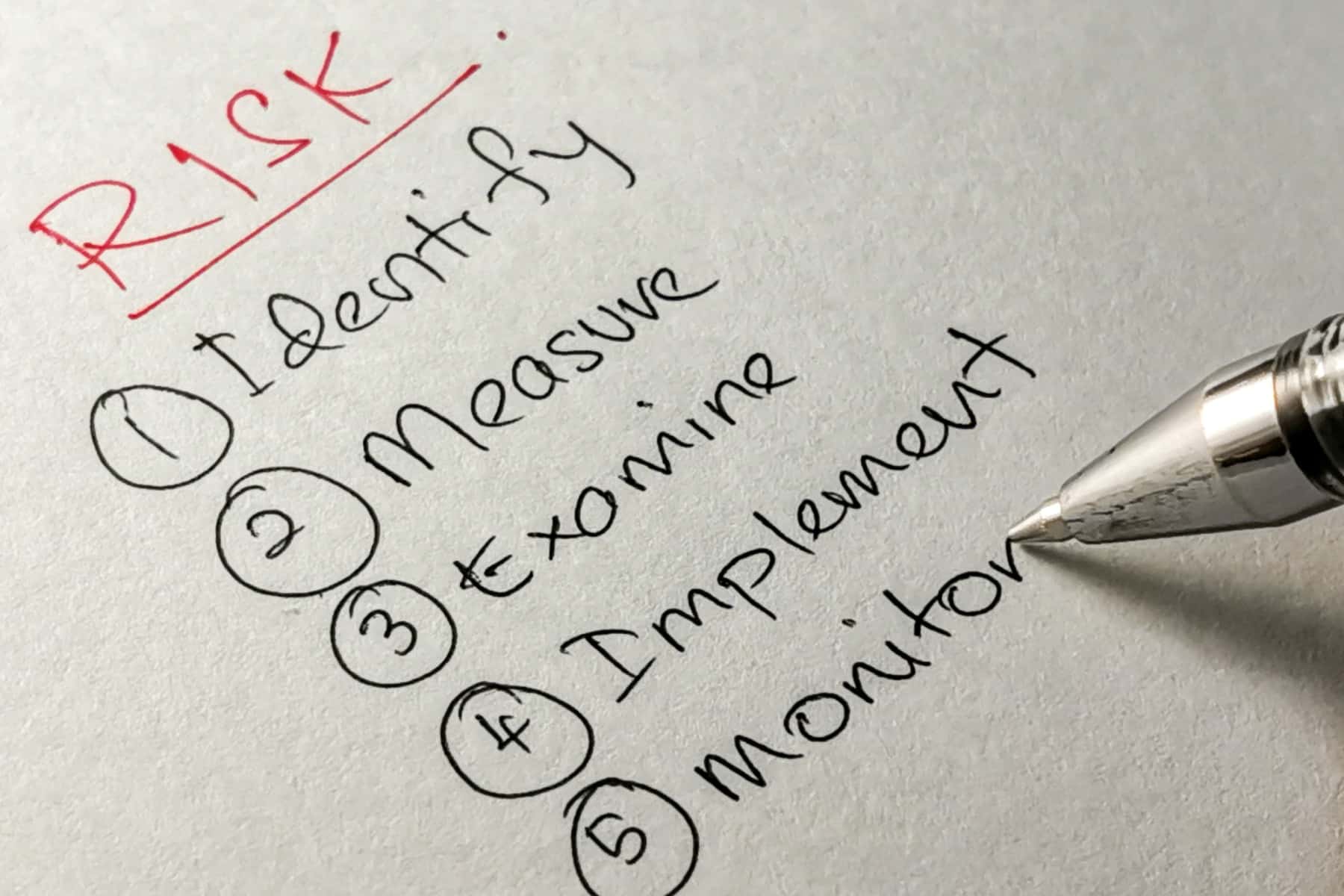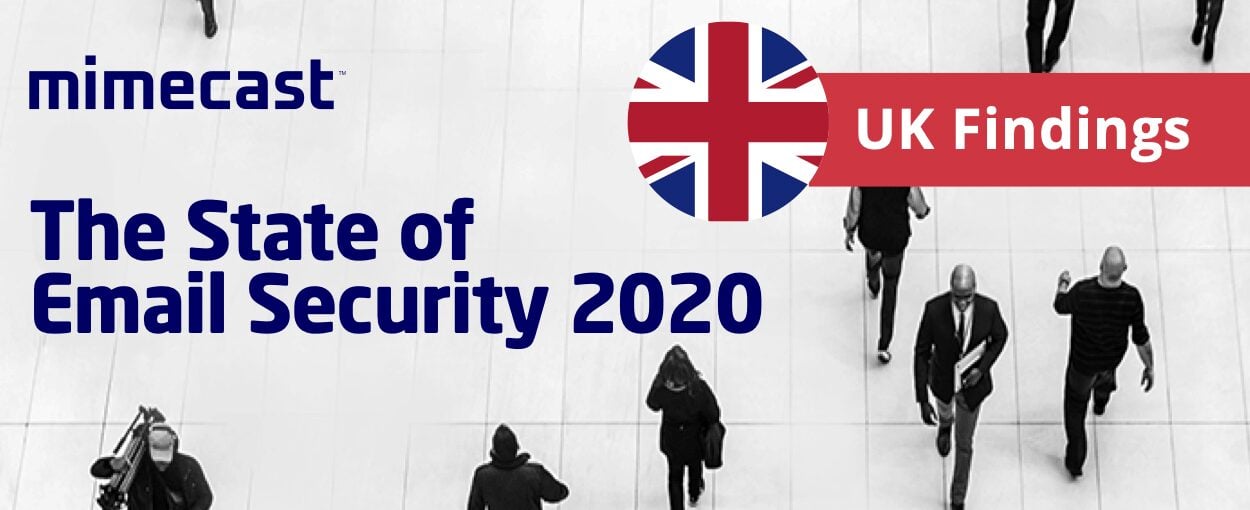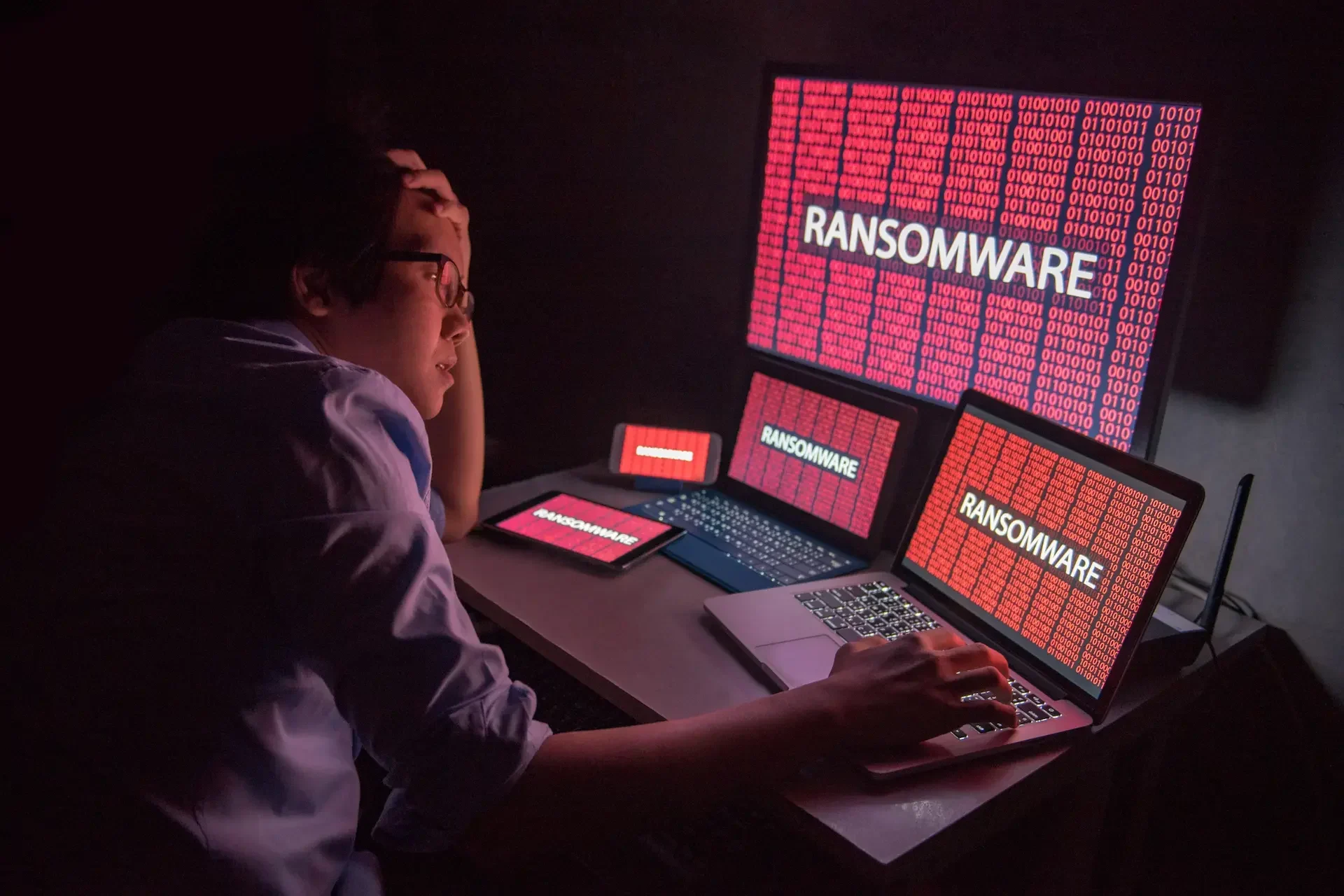Why Cyber Security Culture Matters for SMEs
Cyber attacks are no longer a problem for big corporations only. Small and medium-sized businesses (SMEs) are increasingly becoming prime targets for cyber criminals, because they’re seen as easier to breach. A single phishing email, weak password, or overlooked software update can lead to devastating consequences, from data loss to financial penalties and downtime that stalls your entire operation.
The good news? Building a strong cyber security culture is the most cost‑effective way to reduce risk and keep your business running smoothly. A security‑aware team can spot threats early, avoid costly mistakes, and protect your company’s data and reputation.
In this article, you’ll get a practical cyber security culture checklist tailored for SMEs, along with a free 2‑page downloadable version you can share with your team.
What is Cyber Security Culture?
Cyber security culture is more than just having strong passwords or installing antivirus software; it’s about the collective mindset and daily behaviours that keep your business safe. It’s the way your team thinks about, talks about, and acts on security every day, whether they’re in the office, working remotely, or accessing data on the go.
For SMEs, this means creating an environment where everyone understands that security is part of their role, not just something for the IT team to handle. When employees are aware of risks like phishing emails, social engineering, and weak password habits and know exactly how to respond, they become your first line of defence.
A strong cyber security culture transforms security from a reactive task into a proactive habit. Instead of seeing policies as inconvenient rules, staff see them as part of protecting the business, its clients, and their work. This mindset is the foundation for preventing breaches, minimising human error, and ensuring your business can operate confidently in a digital-first world.
Our SME Cyber Security Culture Checklist
Building a strong security culture doesn’t have to be complicated. Use this checklist to spot gaps, strengthen your defences, and make cyber awareness part of everyday business.
Key areas to focus on:
- Leadership & Policy – Is cyber security a business priority?
- Employee Awareness – Are staff trained to recognise and report threats?
- Passwords & Access – Are accounts protected with strong logins and MFA?
- Device & Network Security – Are company devices and connections kept secure?
- Data Protection & Backups – Can you recover quickly if the worst happens?
- Incident Response – Do employees know how to react to a breach?
- Ongoing Review – Is your approach updated as threats evolve?
Want the full checklist with actionable steps for each area?
Download the SME Cyber Security Culture Checklist below.
How to Maintain and Evolve Your Security Culture
A cyber security culture isn’t something you “set and forget.” Threats evolve constantly, and your approach needs to keep pace.
- Refresh training regularly – Keep your team up to speed with short, engaging sessions that address new risks like phishing tactics or emerging scams.
- Lead by example – When leadership models have good security habits, employees follow suit.
- Celebrate wins – Recognise individuals or teams for spotting and reporting potential threats to keep engagement high.
Pro Tip: Our downloadable checklist includes a step‑by‑step plan for maintaining your security culture all year round.
How Do You Put Your Cyber Security Culture into Practice?
Your people are your first line of defence against cyber threats. By fostering a culture where security is everyone’s responsibility, you reduce risk, protect business continuity, and build resilience against the unexpected.To help you get started, we’ve created a 2‑page Cyber Security Culture Checklist with actionable steps your team can implement today.
Download the checklist now and start strengthening your security culture.
Need expert support to put these measures in place? Talk to the Dr Logic team, and we’ll help you build a secure, confident business.
Summary: How Can SMEs Improve Their Cyber Security Culture?
SMEs can strengthen their cyber security culture by training employees to recognise threats, enforcing strong password and access policies, protecting company devices and data, and regularly reviewing security practices. Our dedicated cyber security culture checklist helps ensure consistent adoption and improvement.
FAQs
Why is cyber security culture?
Cyber security culture is the shared mindset and habits within your business that prioritise protecting data, systems, and customers. It’s about making security second nature for every employee.
Why is cyber security important for SMEs?
SMEs are frequent targets for cyber attacks because they often have fewer dedicated IT resources. A single breach can lead to costly downtime, lost data, and reputational damage.
How can I build a strong cyber security culture?
Start by educating employees, implementing clear policies, and providing simple tools like multi-factor authentication. Regular training and leadership support are key to long-term success.
What's included in the downloadable checklist?
The checklist covers seven core areas: leadership, employee awareness, access management, device security, data protection, incident response, and ongoing review, plus actionable steps for each.

